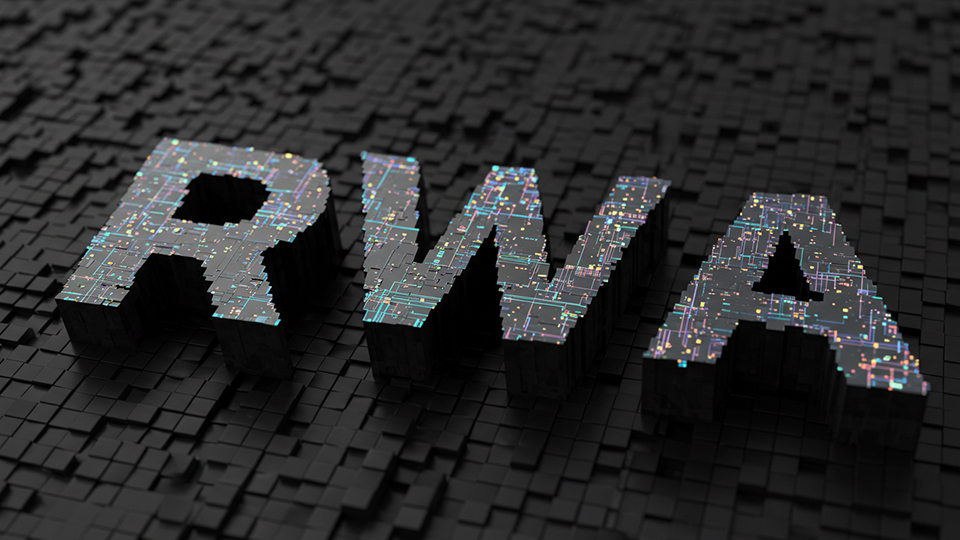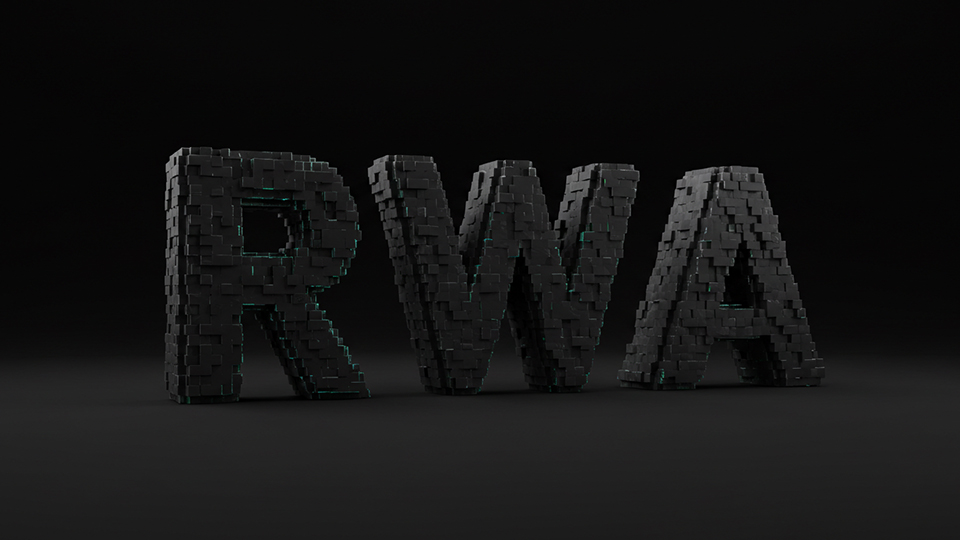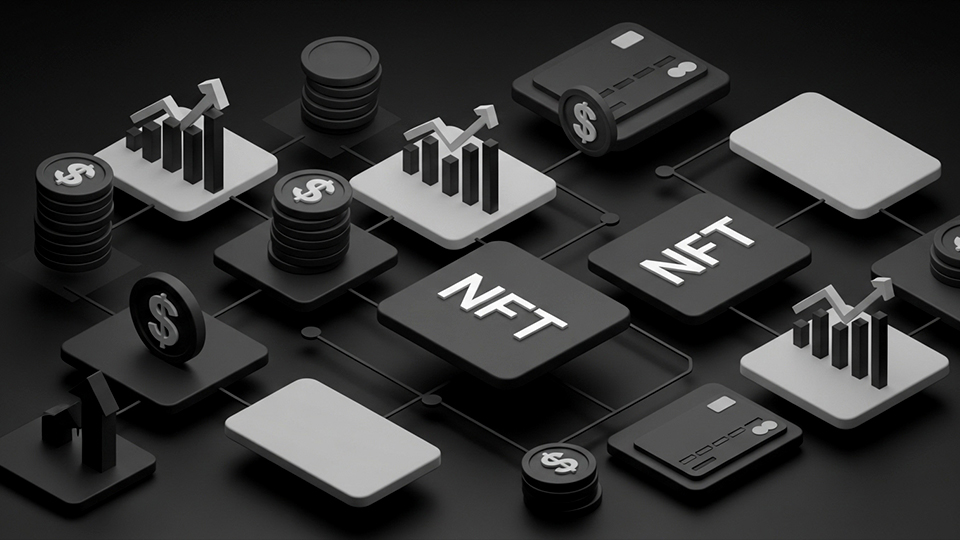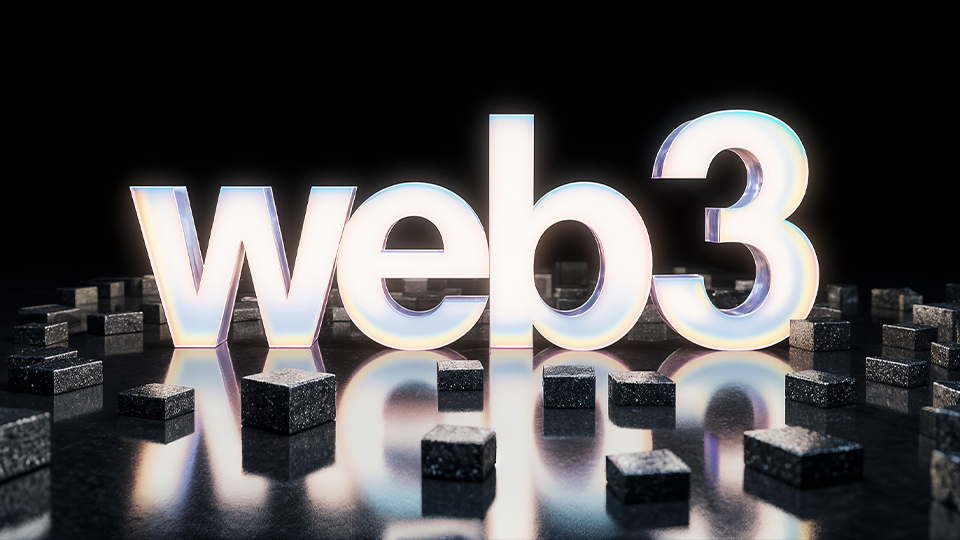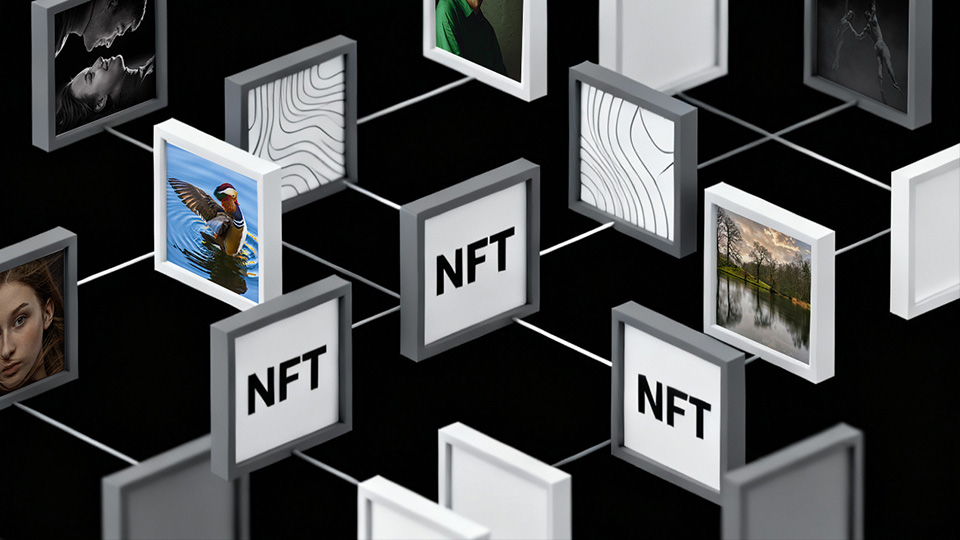RWA Tokenization: Bridging Physical And Digital Economies.
Real-world asset (RWA) tokenization is emerging as one of the most promising applications of blockchain technology. By converting physical assets into digital tokens, this process brings liquidity, accessibility, and transparency to traditionally illiquid or opaque markets.
What Is RWA Tokenization?
RWA tokenization refers to the process of creating digital representations of tangible or off-chain assets—such as real estate, commodities, fine art, or financial instruments—on a blockchain network. These tokens serve as proof of ownership or share in the underlying asset and can be stored, transferred, and traded in a decentralized manner.
Each token is governed by smart contracts that define its terms, usage rights, and associated value, providing a secure and transparent framework for ownership and exchange.
Key Benefits of RWA Tokenization
Tokenizing real-world assets offers multiple advantages for businesses, investors, and institutions:
- Increased Liquidity: Assets like real estate or artwork, which are typically difficult to sell quickly, can become more liquid when fractionalized and traded on secondary markets.
- Fractional Ownership: Tokenization enables multiple investors to own portions of high-value assets, lowering the barrier to entry and democratizing access.
- Transparency and Security: Blockchain technology ensures transparent ownership records and reduces the risk of fraud through immutable transaction histories.
- Efficiency and Automation: Smart contracts automate processes such as dividend distribution, compliance checks, and transfer of ownership, reducing the need for intermediaries.
- Global Market Access: Tokens can be traded across borders 24/7, opening up assets to a broader pool of investors and increasing market participation.
Common Use Cases
RWA tokenization is being explored and implemented across several industries:
- Real Estate: Residential and commercial properties can be tokenized, allowing investors to buy shares in buildings and receive rental income proportionally.
- Commodities: Gold, oil, and agricultural goods can be represented as tokens to improve tradability and track provenance.
- Fine Art and Collectibles: Tokenization brings fractional investment opportunities to expensive artworks and rare collectibles.
- Private Equity and Bonds: Companies are issuing tokenized securities to streamline fundraising and offer investors greater flexibility.
- Carbon Credits: Environmental markets are using blockchain to tokenize and track carbon credits for trading and verification.
Challenges to Consider
While the benefits are significant, there are challenges that need to be addressed for widespread adoption:
- Regulatory Uncertainty: The classification and treatment of tokenized assets vary across jurisdictions, requiring careful legal and compliance considerations.
- Technological Integration: Integrating blockchain solutions with legacy financial systems can be complex and resource-intensive.
- Valuation and Custody: Accurate pricing of underlying assets and secure custody solutions are essential to maintaining investor trust.
- Liquidity Limitations: Despite improved accessibility, secondary market liquidity may still depend on platform adoption and regulatory clarity.
The Future of RWA Tokenization
As blockchain infrastructure matures and regulatory frameworks evolve, RWA tokenization is expected to play a crucial role in the digital transformation of global finance. It holds the potential to unlock trillions of dollars in value from traditional markets, making assets more accessible, efficient, and secure for investors around the world.
From real estate to renewable energy, the tokenization of real-world assets is creating new investment models and driving innovation across industries. With continued development and collaboration between technology providers, regulators, and institutions, the future of RWA tokenization looks increasingly bright.
